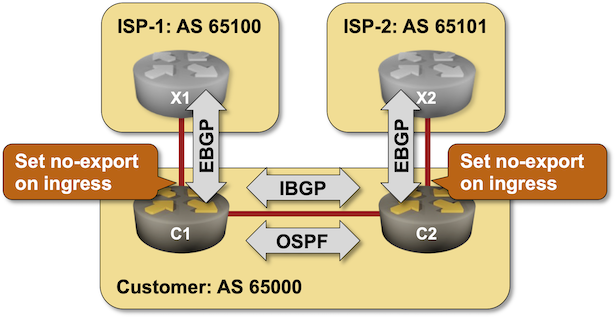0
Pulumi, like Terraform and OpenTofu, has the ability to store its state in a supported backend. You can store the state in one of the blob/object storage services offered by the major cloud providers, via Pulumi’s SaaS offering (called Pulumi Cloud), or even locally. It’s this last option I’ll explore a little bit in this post, where I’ll show you how to configure Pulumi to store the state in the project directory instead of somewhere else.
Let me start with this disclaimer: If you’re working with a team of folks on IaC for your project or employer, don’t do this. Storing project state locally with your project will just make life difficult for you. Instead, just accept that you need to store the state somewhere that your whole team can access it. Howver, if you are a “team of one” then you might find this interesting or useful.
Pulumi supports a “local” backend, which means storing stack state information locally on the same system where Pulumi is running. By default, Pulumi will store the state information in the ${HOME}/.pulumi folder.
It’s possible to configure the location the local backend uses with the PULUMI_BACKEND_URL environment variable (see this page for Continue reading


